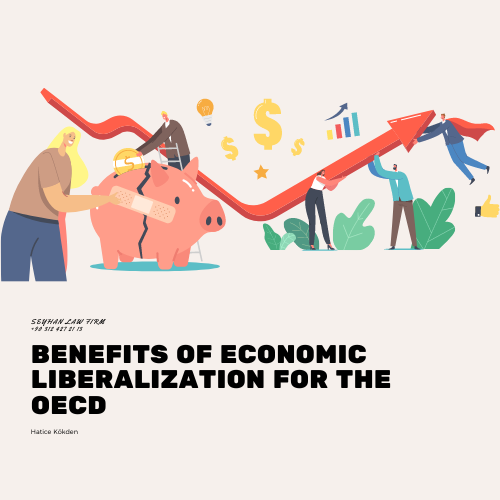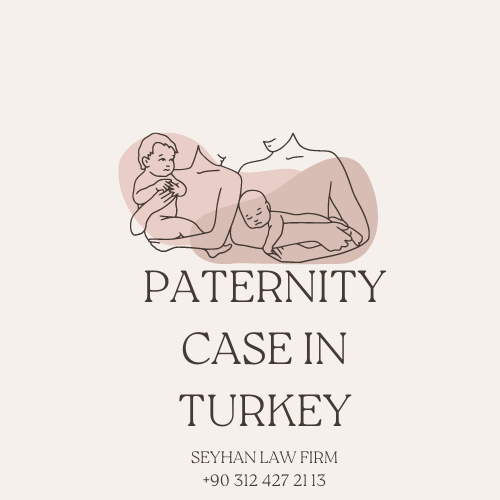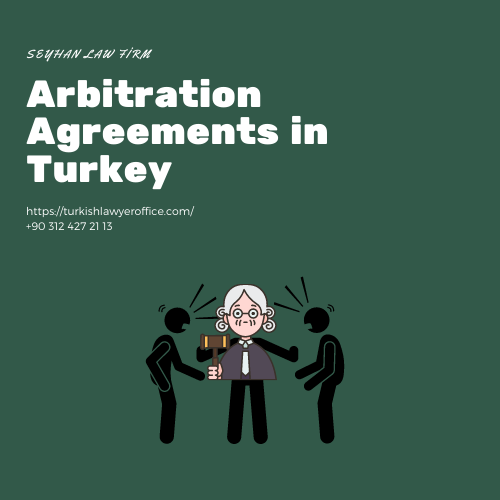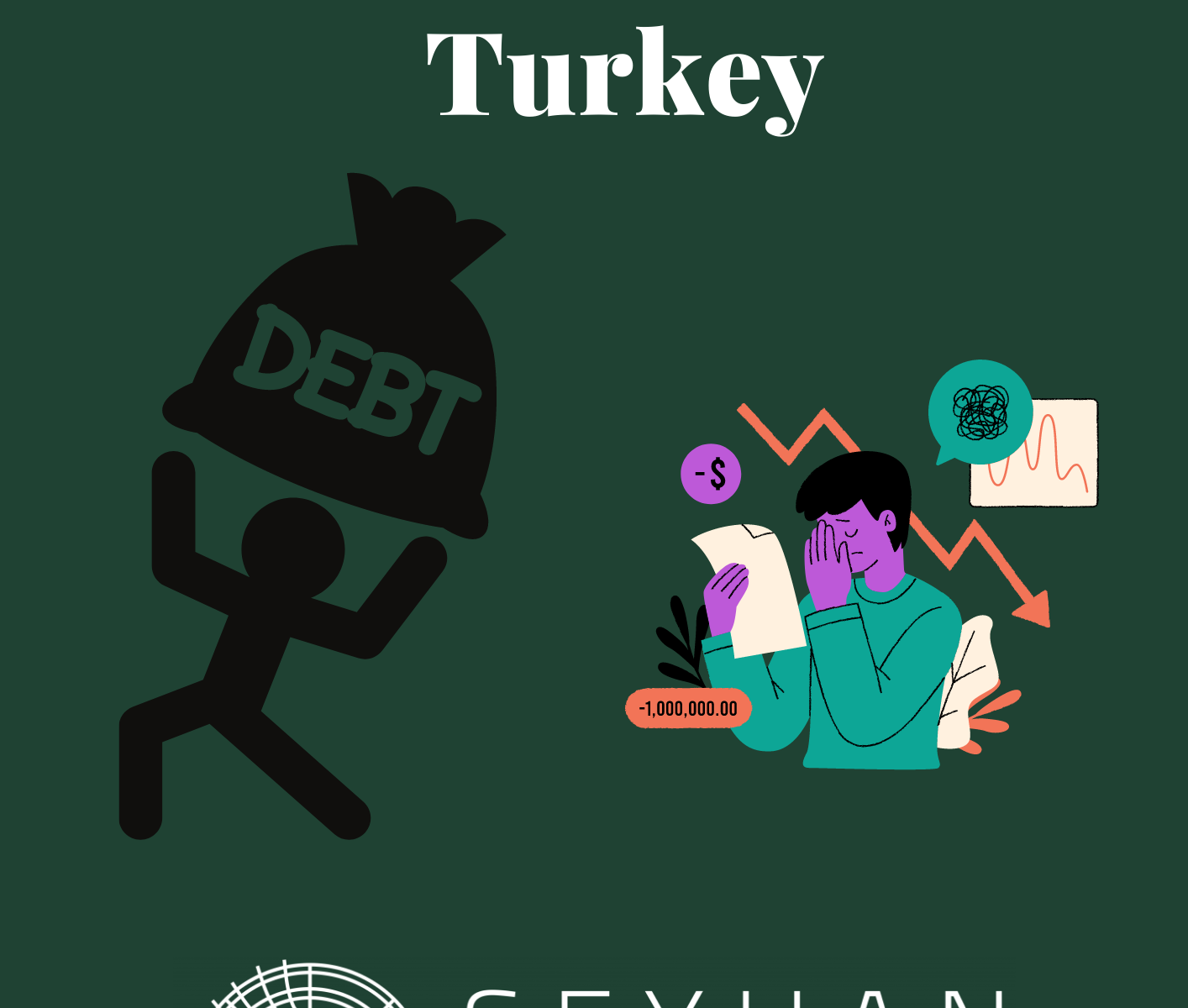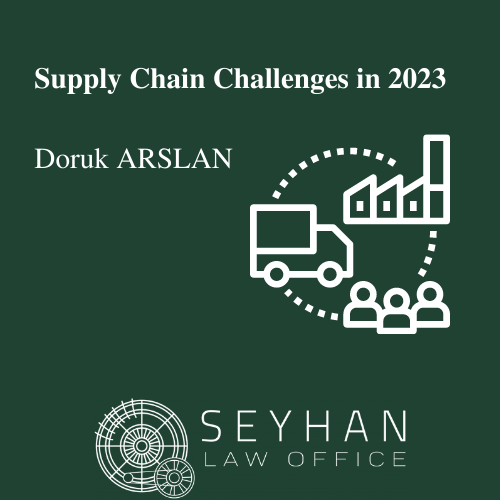WTO TRADE FACILITATION AGREEMENT
- Introduction and Final Status of the Agreement
The facilitation of trade is broadly defined as the simplification and harmonization of all processes and procedures to which the product is subject to, including elimination of formalities, from its production until it reaches the end user. The concept of trade facilitation also invokes strengthening of the foreign trade and logistical infrastructure through automation and information technologies.
Facilitation of Trade turned into an agenda of the World Trade Organization (WTO) as a part of the Doha Development Negotiations, after 9,5 years long of difficult negotiations, these negotiations took place at the 9. Balkan Conference which occured at 3-6 december 2013 at the Bali and resulted in the Adaptation of the Trade Facilitation agreement by the member states. At the WTO General Council meeting held on 27 November 2014, it was decided to add the Agreement to the WTO Establishment Agreement as a trade in goods agreement.
For the agreement to enter into force, it must be ratified by 2/3 of WTO member countries. The internal approval process for the Agreement in Turkey has been completed and the official “Acceptance Certificate” stating that the Agreement has been approved by our country has been submitted to the WTO Director General on March 16, 2016. With the ratification of the Agreement by Rwanda, Oman, Chad and Jordan on 22 February 2017, 112 ratifications were reached and the Agreement entered into force.
- General Content of the Agreement
Trade Facilitation Agreement, in general;
- GATT Article V (Transit Release),
- GATT Article VIII (Trade-Related Fees and Formalities),
- GATT Article X (Transparency and Uniformity of Trade Legislation and Practices),
it includes provisions written for the purpose of explaining and developing the provisions of the customs authorities and the development of cooperation between customs administrations and special and favorable treatment provisions.
The agreement basically consists of three parts:
- Trade Facilitation Obligations, Inter-Customs Cooperation
- Special and Favorable Treatment
- Corporate and Final Provisions
The first part includes substantive provisions that members are expected to implement in order to facilitate trade, while the second part includes flexibility on how developing and least developed member countries will implement and implement the Agreement. Corporate and final provisions include horizontal implementation issues such as Trade Facilitation Committee, National Trade Facilitation Committees, general exceptions to the Agreement.
During both the negotiations and the preparations for the entry into force of the said Agreement, our country actively participated and a serious contribution was made to the creation of the text of the Agreement, especially the transit liberalization provisions that are critical for us.
In the agreement;
- Developing the Publishing Obligation of Trade Legislation and Publishing from the Internet,
- Establishment of Notification Points Regarding Trade Legislation and Practices,
- Binding Preliminary Decision Mechanism,
- Development of Transit Freedom,
there are paragraphs prepared by our country on the issues. Transit Freedom stands out among the mentioned issues.
- Transit Release
It is known that individuals who provide the transportation services in Turkey are exposed to various restrictive and discriminatory practices such as fees that are not proportional to the service and mandatory mode determinations, especially the quota problem, in transit to reach the target markets. In this context, the provisions of the Agreement under the heading of transit freedom are of particular importance for the Republic of Turkey.
With a provision prepared by our country, it has been recorded that quota and similar voluntary restrictions will not be applied in transit. Although it is not expected that the said provision will abolish the quota application on transit traffic as soon as the Agreement enters into force, it is considered that the provision strengthens Turkey’s stance and seriously erodes the legal basis of the quota application.
Fees charged for “permitting transit” are prohibited, except in proportion to the service provided by Turkey’s proposal on transit fees, which is finally included in the text of the Agreement. With the provision, in cases where the quota applied by some EU member states is exhausted, the unlawfulness of the practice of selling passports with money in terms of WTO rules is confirmed.
With the provision on penalties in transit, which is prepared by Turkey and finally ensured to be included in the text of the Agreement, the penalties on transit traffic are disciplined for the first time with a WTO agreement, and the penalties are ensured to be objective and proportionate to the misdemeanor.
Additionally, with the provision regarding the regulations on transit, which is prepared by our country and ensured to be included in the final agreement text, it is ensured that all kinds of regulations related to transit traffic do not restrict traffic more than necessary and do not create an implicit restriction on traffic. With the aforementioned provision, the transit freedom provisions stipulated by Article V of GATT are strengthened and the theses of our country are given ground in any dispute that may arise in the WTO on transit freedom.
- Expected Economic Benefit from the Agreement
In the studies carried out by the World Trade Organization, the following determinations have been made regarding the economic benefit that will arise with the full implementation of the Trade Facilitation Agreement:
- The agreement is expected to reduce trade costs by between 9.6% and 23.1% depending on the level of development of the countries. It is predicted that the highest rate will be seen in LDCs.
- The agreement is expected to reduce the average export period by approximately 2 days and the average import period by 1.5 days.
- The total exports of developing countries are expected to increase between $170 and $730 billion annually.
- Exports on a global scale are expected to increase by between $750 Billion and $1 Trillion.
- Agreement clauses
Turkey has a good position among similar countries in the world in terms of customs and foreign trade infrastructure, and in this respect, it implements the obligations in the Trade Facilitation Agreement to a great extent or is in a position to implement the Agreement as soon as it enters into force. In this respect, the implementation of the Agreement will not impose an additional administrative burden on our country. On the other hand, the content of the Trade Facilitation Agreement and the information on the implementation capacity of our country are summarized below:
Article 1: Publication and Transparency
The article requires members to publish all procedures and regulations related to trade, including import, export and transit procedures, tariff rates applied, and fees and charges. The article also stipulates that the basic procedures for export and import by the member states shall be published on the internet and a notification point shall be established to answer questions related to trade.
Apart from the establishment of a national notification point, It already meets all the obligations in Article.
Article 2: Pre-Publishing and Consultation
The article stipulates that the members shall publish the new or amended legislation related to trade in advance of a certain period of time, except for legislation that may be inconvenient to publish in advance, such as tariff changes. With another provision in the article, it is envisaged that the members will allow the opinions of the relevant interest groups on the new and amended legislation related to trade to be taken.
Since both provisions are not fully binding, they are enforceable by our country.
Article 3: Preliminary Decision Mechanism
The article stipulates the “binding preliminary decision” mechanism of the members, which provides significant predictability to the trader. While it is mandatory to classify the tariff and make a preliminary decision on the origin, it is up to the member states to make a preliminary decision on elements such as customs value, exemptions and tariff quotas.
Turkey has been implementing the preliminary decision mechanism in tariffs and origin for a long time. There are also studies in other areas to make preliminary decisions. There is no problem in the implementation of the article.
Article 4: Appeal/Objection Procedures
The article stipulates that merchants should be granted the right of administrative and judicial objection in an impartial and transparent manner regarding the decisions and transactions of the authorities related to trade.
Since both administrative and judicial objections to the decisions and procedures of all administrative authorities are open in the legislation of Turkey the obligation in this provision therefore met by Ankara.
Article 5: Measures Strengthening Neutrality/Non-Discrimination
The article aims to discipline systems such as the “rapid alert system” implemented by the European Union in agricultural products and to prevent these systems from being used as an obstacle to trade. There are also provisions in the Article regarding the removal of goods and testing procedures.
In our country, there is no early warning system for agricultural products. Other provisions are compatible with Turkey’s practices.
Article 6: Fees and Charges
The article aims at integrating thefees and charges withtrade.It is envisaged that the fees and charges will be proportional to the service provided. The practices of our country – with the exception of the fees received by the exporter associations as a certain proportion of the export amount – are in accordance with the said provision.
Article 7: Delivery and Clearance of Goods
7. The article is a comprehensive and that includes many measures aimed at the Trade Facilitation, especially in customs applications. The applications in the sub-paragraphs of the article are summarized below:
Pre-Arrival Transaction is a provision stipulating the possibility of completing customs procedures before the goods actually arrive at the customs office. This has been the practice in Turkey.
Electronic Payment stipulates that taxes, fees and charges arising from import and export transactions are allowed to be paid electronically. Although the article is not fully binding, it is applied in our country.
The provision for the separation of the delivery and customs clearance of the goods stipulates the delivery of the goods to the importer in return for a certain guarantee, although not all customs procedures are completed. There is no reservation regarding the provision applied in the customs of Turkey
Risk Management stipulates that controls at customs shall be carried out in accordance with the principles of risk management. In Turkey, there is an advanced application in this direction and there is a “General Directorate of Risk Management” within the Ministry of Customs and Trade.
Post-Inspection refers to the inspection of foreign trade companies by expert staff through documents and books as an alternative to inspections and audits at customs. Post-inspection application, which is an increasingly preferred inspection system in the world, is practiced in Turkey as well.
Measuring and Publishing Average Delivery Times envisages the publication of average delivery times in order to increase transparency and predictability for traders. It is an application carried out by the Ministry of Customs and Trade in Turkey.
The application of the Authorized Economic Operator stipulates that certain privileges and facilities are provided to companies that have certain financial conditions and have a superior record in customs procedures with the customs office. In Turkey, in accordance with the European Union, the Authorized Economic Operator application was first implemented in 2013.
The provision on Expedited Shipment provides for the provision of various facilities and advantages in customs procedures to goods transported by fast cargo carriers with certain standards by the member states.
The provision of Perishable Products provides for various advantages such as faster passage through customs and on-site customs clearance due to the special nature of agricultural products and other products falling within the definition of perishable products.
Although efforts have been made to ensure that perishable goods are processed as quickly as possible in the customs of Turkey, especially since provisions such as on-site customs clearance are not applied at this stage, the said provision has been the only provision requested for the implementation of the transition period by the Republic of Turkey.
Article 8: Cooperation between Border Authorities
The article requires members to have uniform practices at customs points within the borders of the Republic of Turkey. It also provides, although not fully binding, for the co-operation of neighboring border authorities with procedures such as harmonization of working hours, common controls or common procedures and formalities. There is no problem for our country in the implementation of the said provision.
Article 9: Processing of Imported Goods Under Customs Control (Internal Transit)
The article provides that members are to allow the carrying out of customs procedures at customs points within the territory of the country and at destinations within the country, also referred to as internal transit.
Article 10: Formalities Related to Import, Export and Transit
10. The article is a comprehensive article containing many provisions in line with the reduction of formalities related to import, export and transit:
With the provision of Formalities and Documentation Obligations, it is envisaged that formalities and requested documents will be gradually reduced and will not be retained if less restrictive alternatives to trade arise.
The Acceptance of Copies provision stipulates that copies of trade-related documents should be accepted and that the document should not be requested again from the relevant person when the original is at the institution. It is compatible with the practice of our country.
The Use of International Standards requires members to base themselves as much as possible on international standards in the preparation of procedures with trade.
The Single Window provision is a non-binding provision that stipulates that members gradually implement a single window system. In our country, there are ongoing efforts to implement a single window system.
The provision on Pre-Shipment Inspection prohibits the application of mandatory pre-shipment inspection on tariff classification and customs value. There is no pre-shipment inspection application in our country.
The provision on Customs Brokers abolishes the mandatory customs brokerage practice of members. There is no compulsory use of customs consultancy in our country.
The provision on Common Customs Procedures and Uniform Documentation Obligations requires members to apply uniform formalities and document obligations at all customs gates throughout their territory. It targets more federated countries.
The Rejected Goods provision provides for the return to the exporter of goods rejected at customs for any reason. It is compatible with the practices in Turkey.
The provision titled Temporary Import, Inward/Outward Processing includes disciplines related to temporary import, inward and outward processing regimes of members. Our country’s practices are in accordance with the said provisions.
Article 11: Freedom of Transit
The transit freedom clause, which is given the most importance Turkey within the entire Agreement and in which serious effort is spent in writing, also includes comprehensive provisions. These provisions include the provision for disciplining regulations on transit traffic, the provision for removing voluntary restrictions on transit, the provision for disciplining fees and guarantees received through transit, the provision for the implementation of convoys in transit and the provision for non-discrimination. Turkey has made an intense effort to ensure that the transit freedom provision is strongly included in the text.
Article 12: Inter-Customs Cooperation
A long and comprehensive article, 12. With the article, information and document sharing is moved to a multilateral level in order to prevent tax loss and smuggling between customs administrations, which are currently carried out with bilateral cooperation agreements. The article in question lays down the principles of this cooperation.
Article 13-22: Special and Beneficial Treatment
It includes flexibility on how developing and least-developed member countries will implement and enforce the Agreement.
Article 23-24: Corporate and Final Provisions
The Trade Facilitation Committee includes horizontal implementation issues such as the National Trade Facilitation Committees, general exceptions to the Agreement and the referral to the Dispute Settlement Mechanism.

